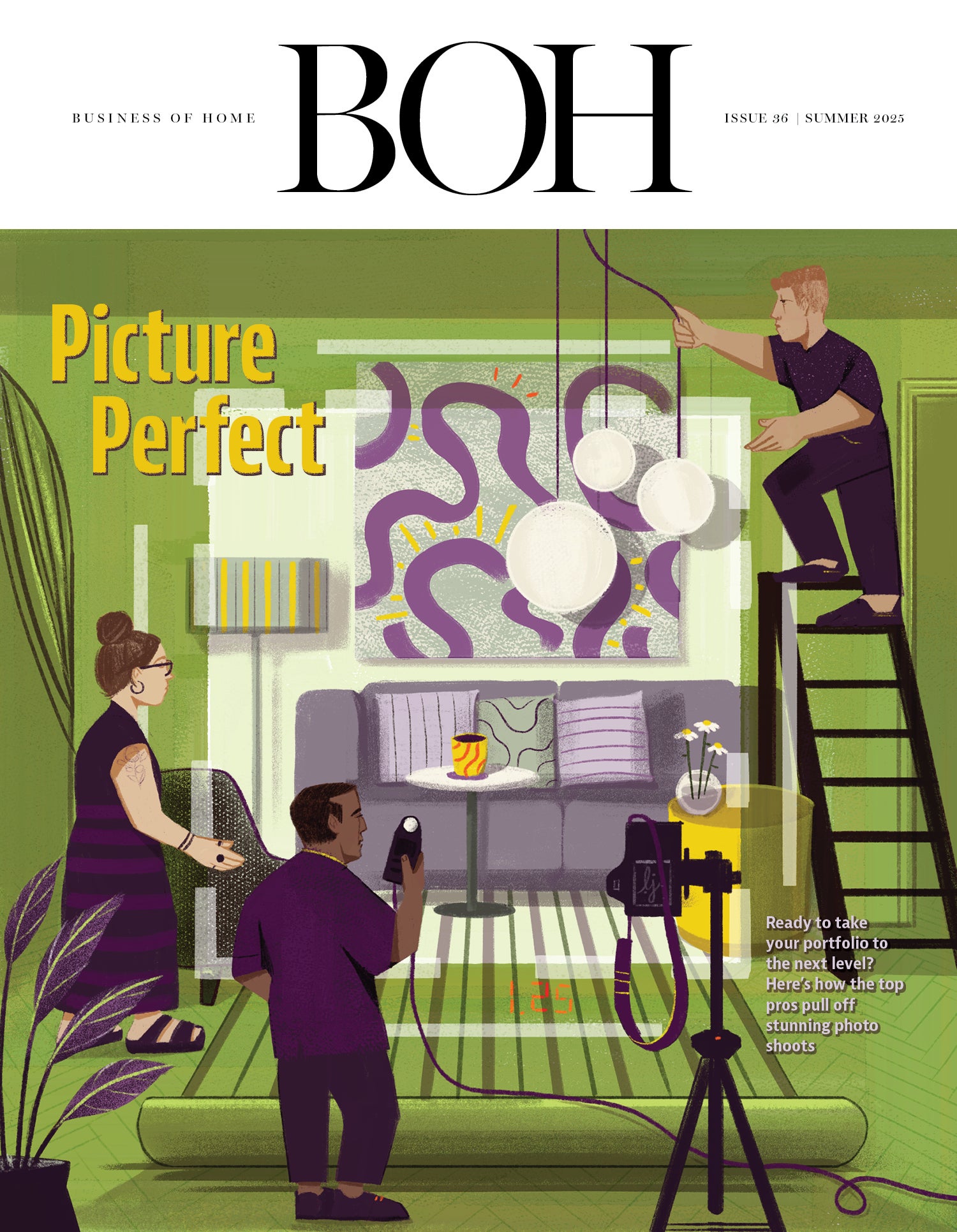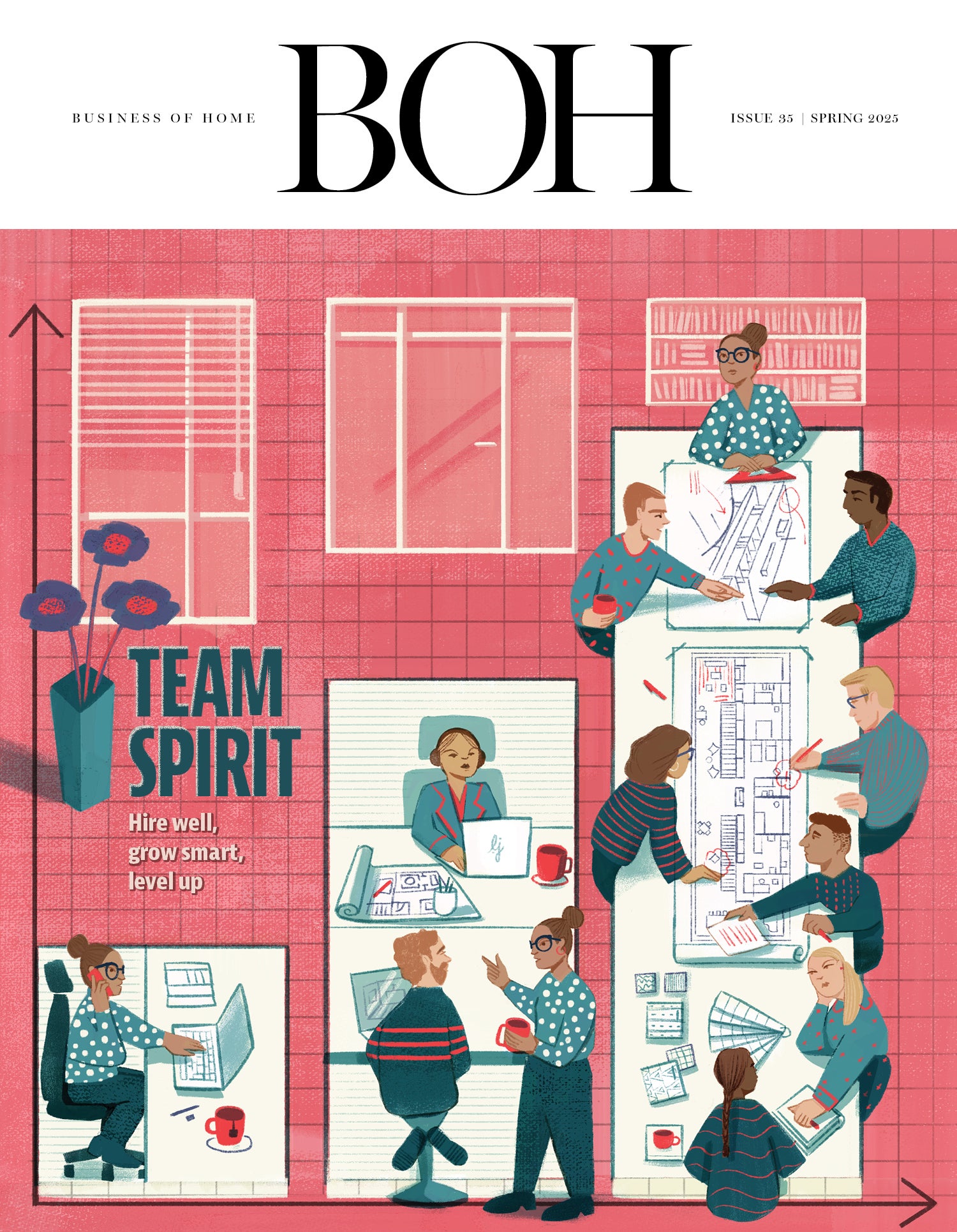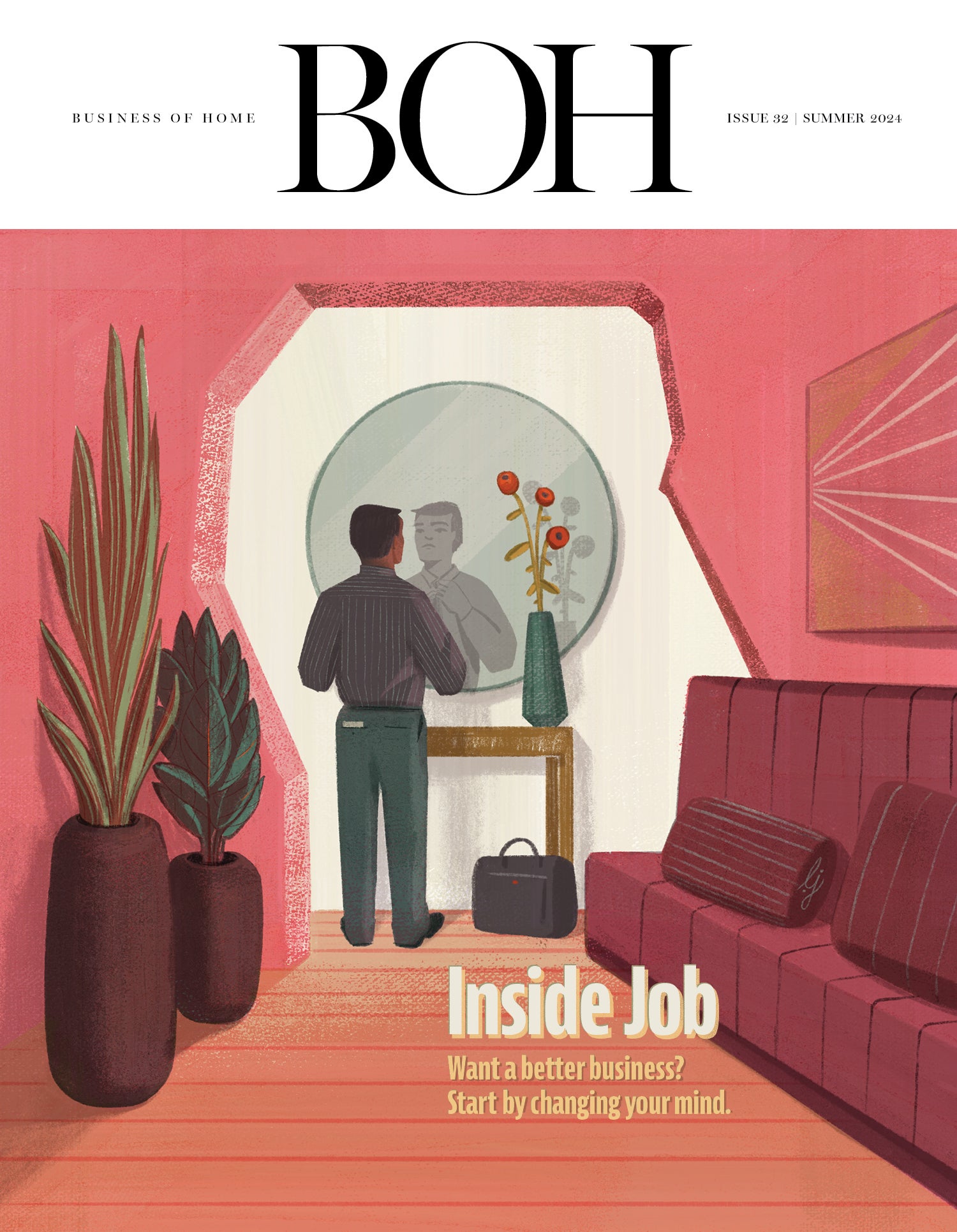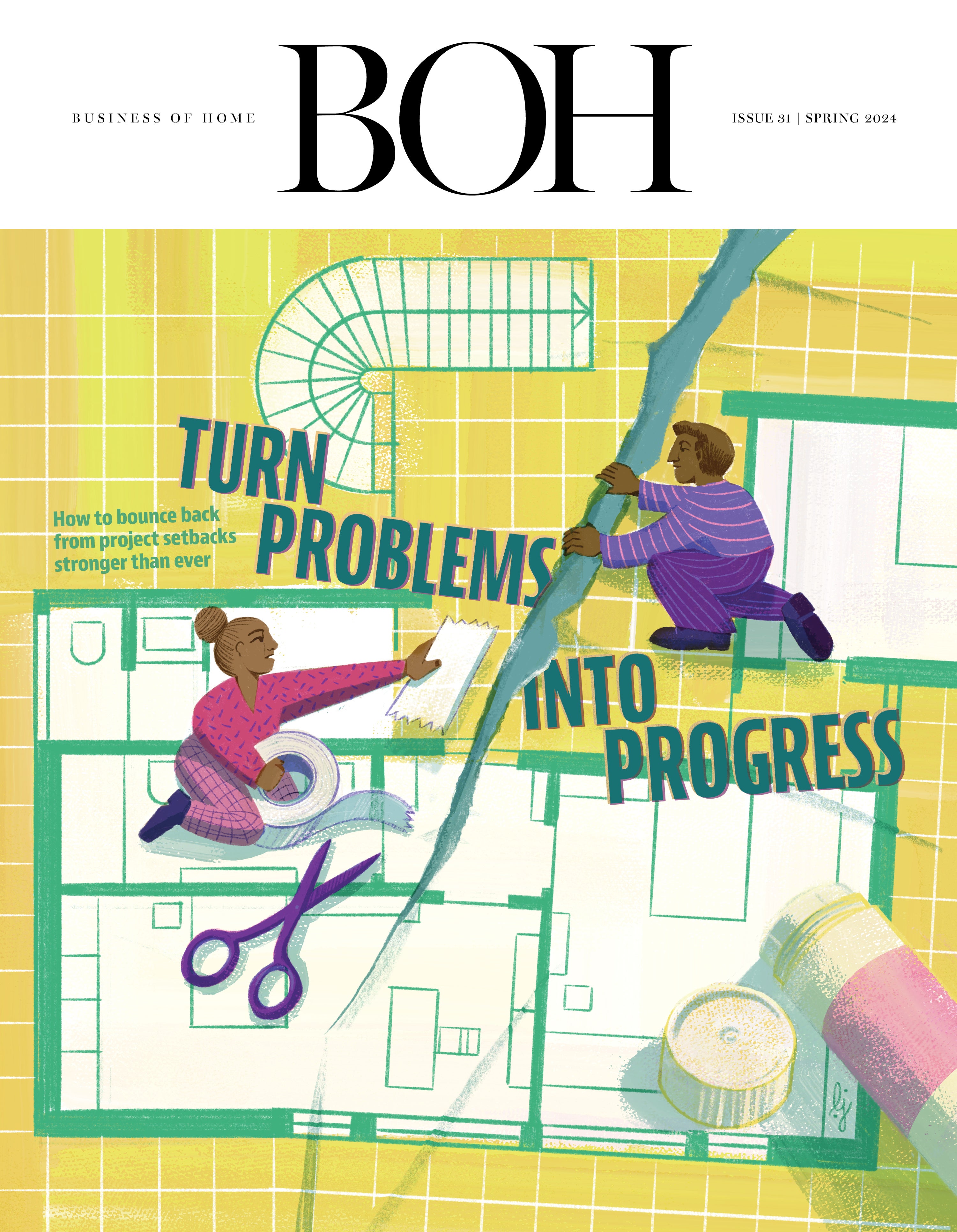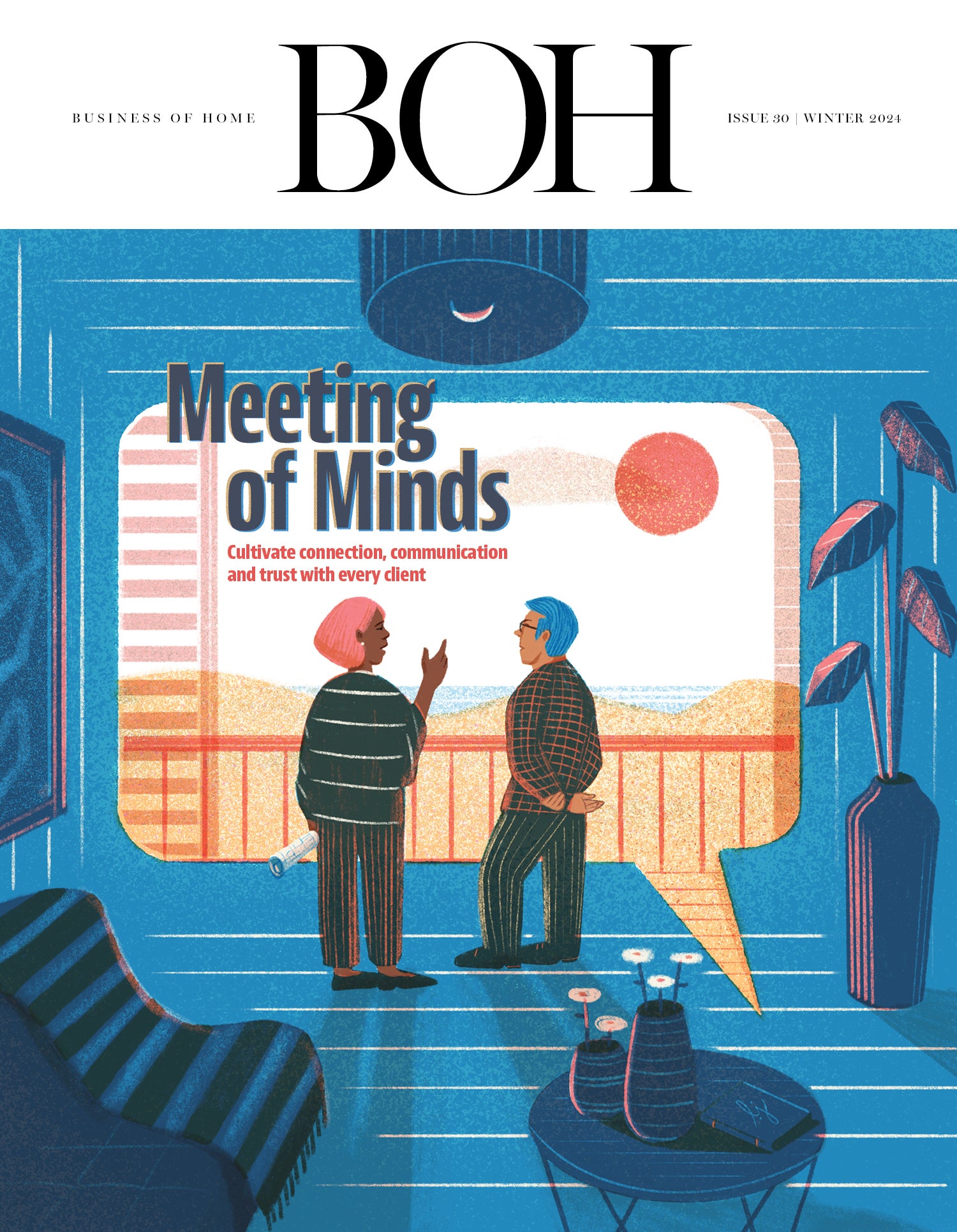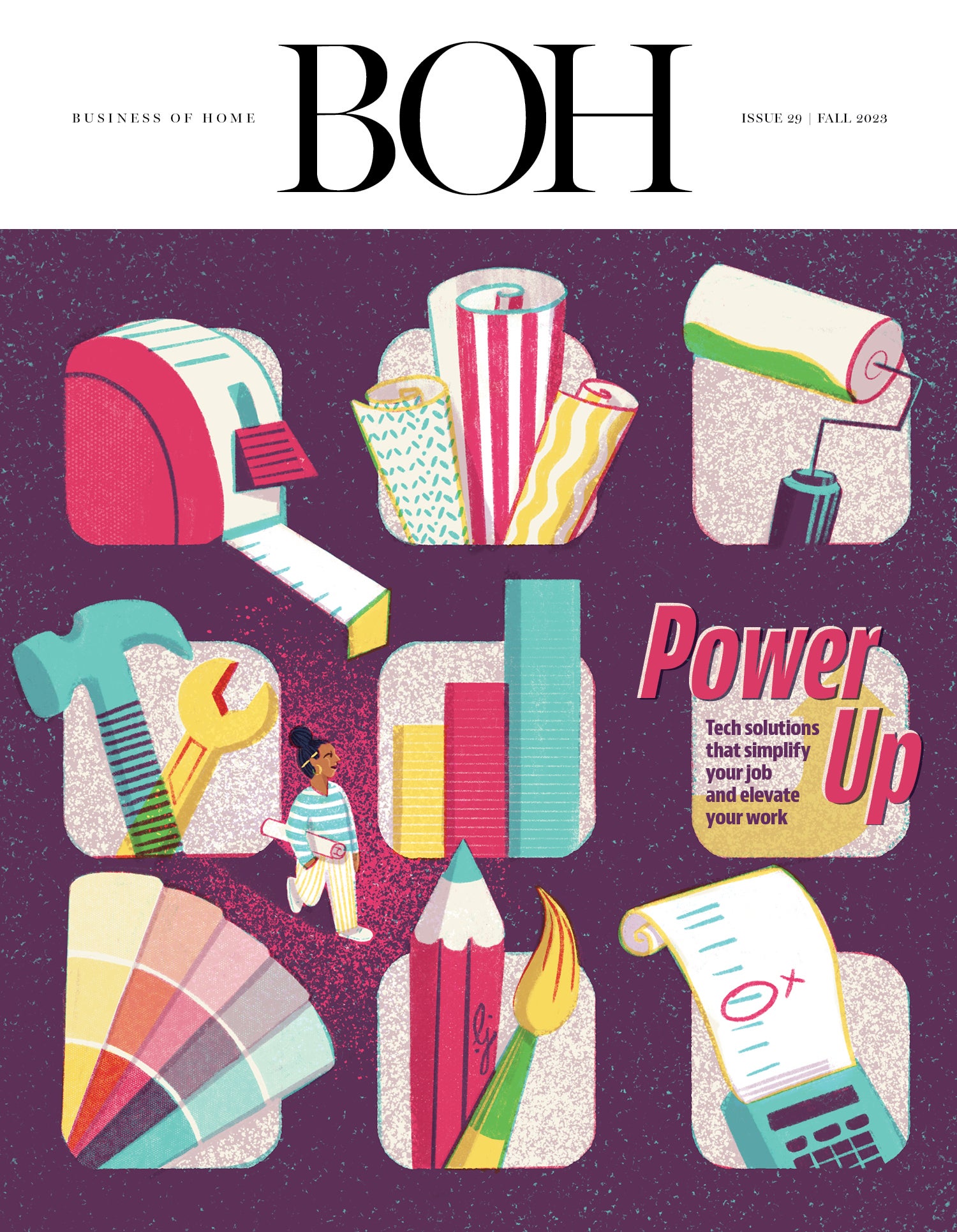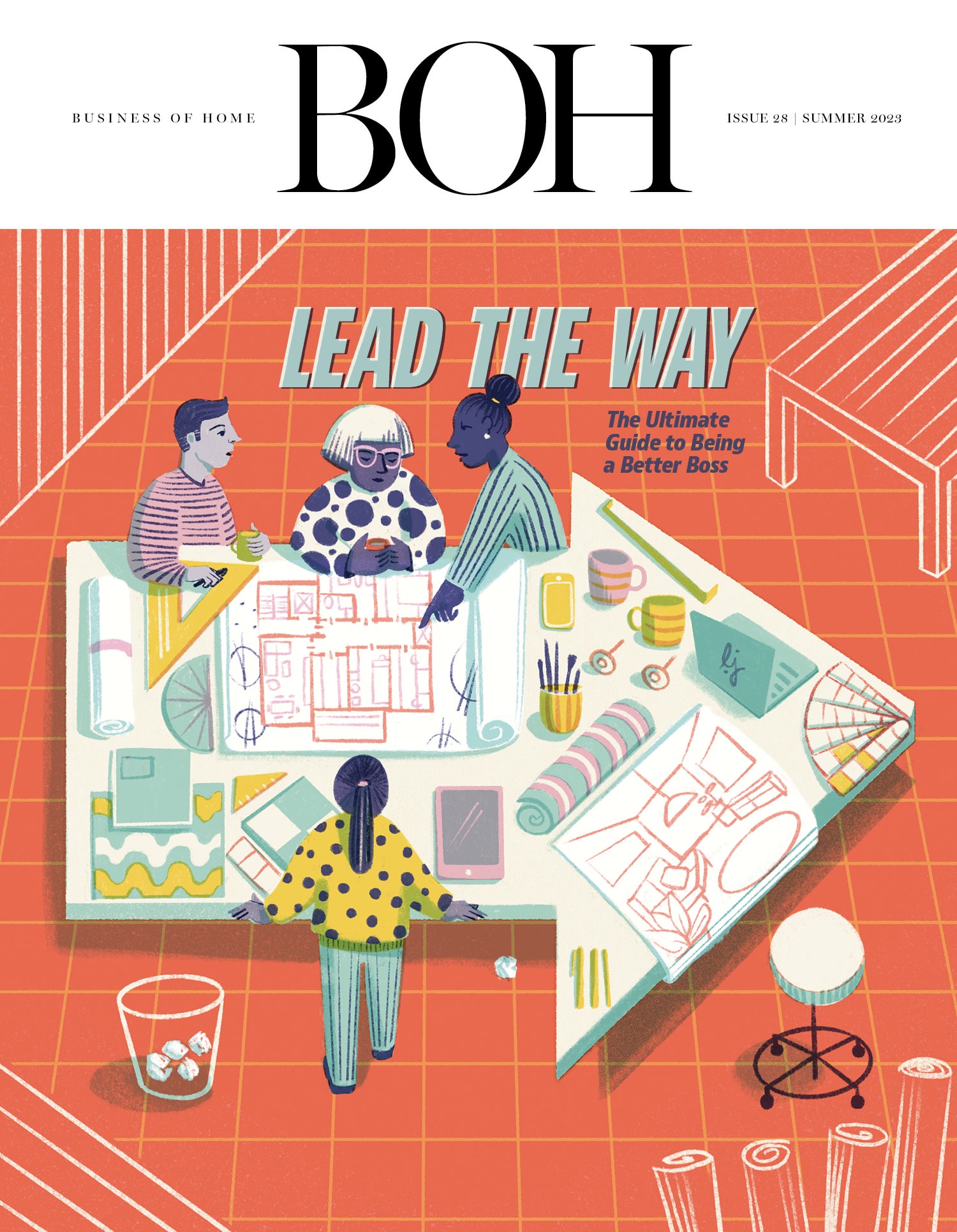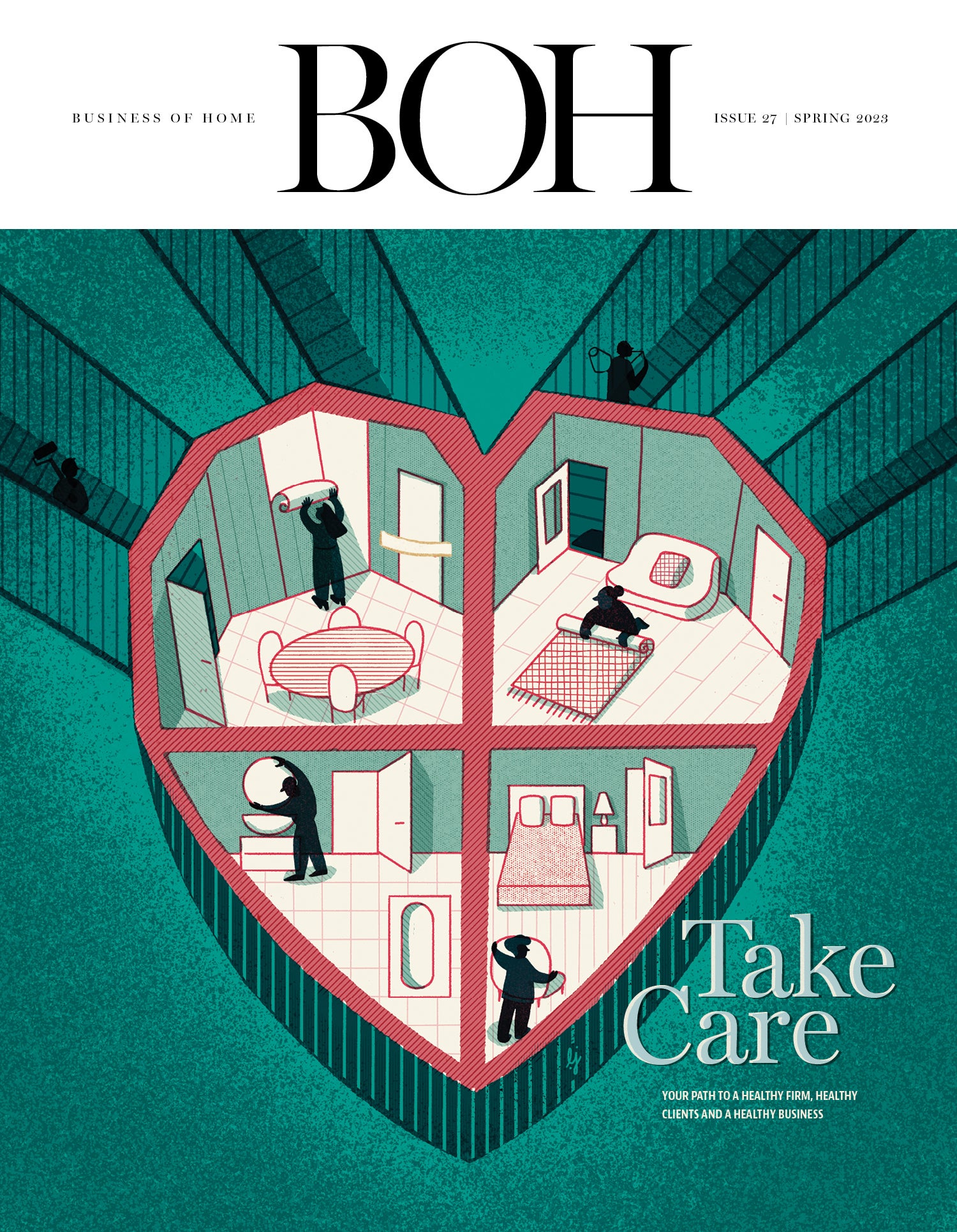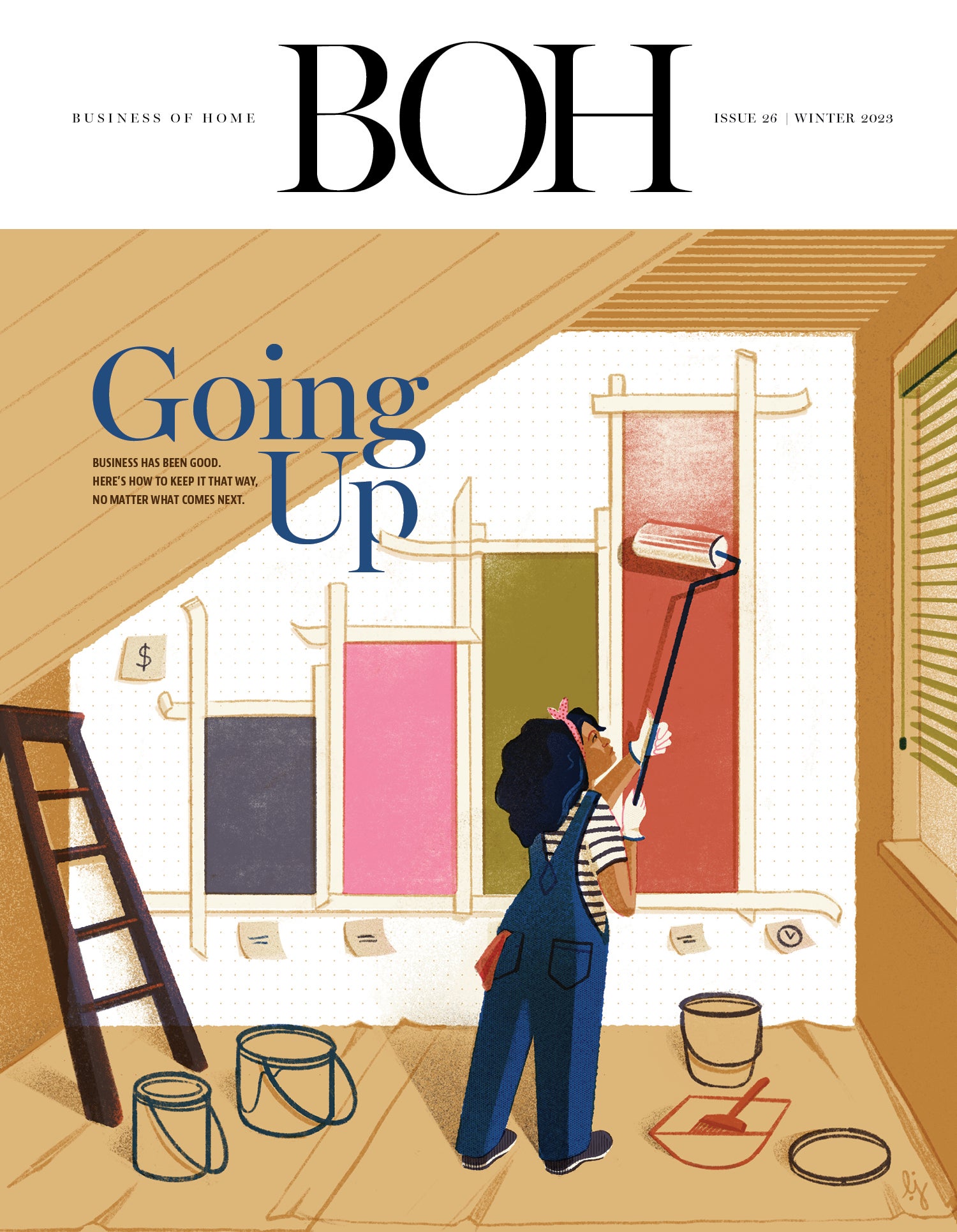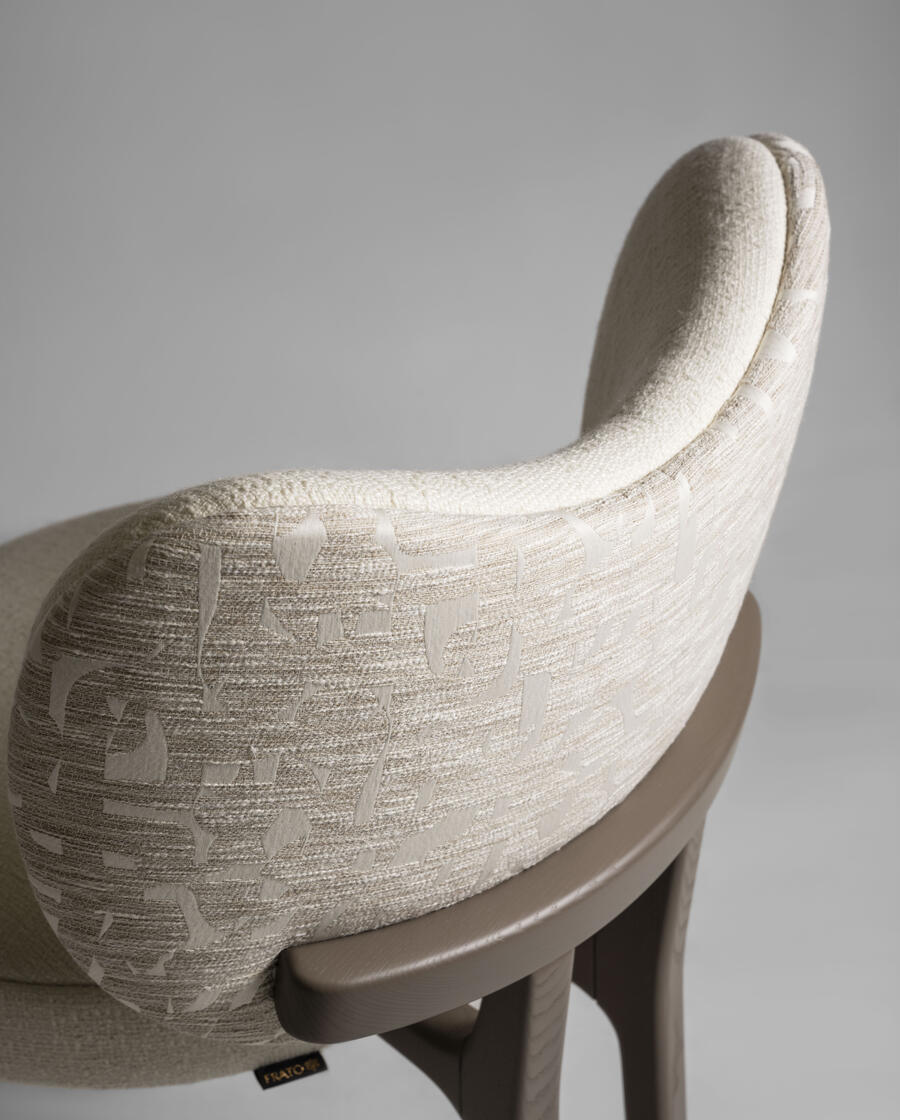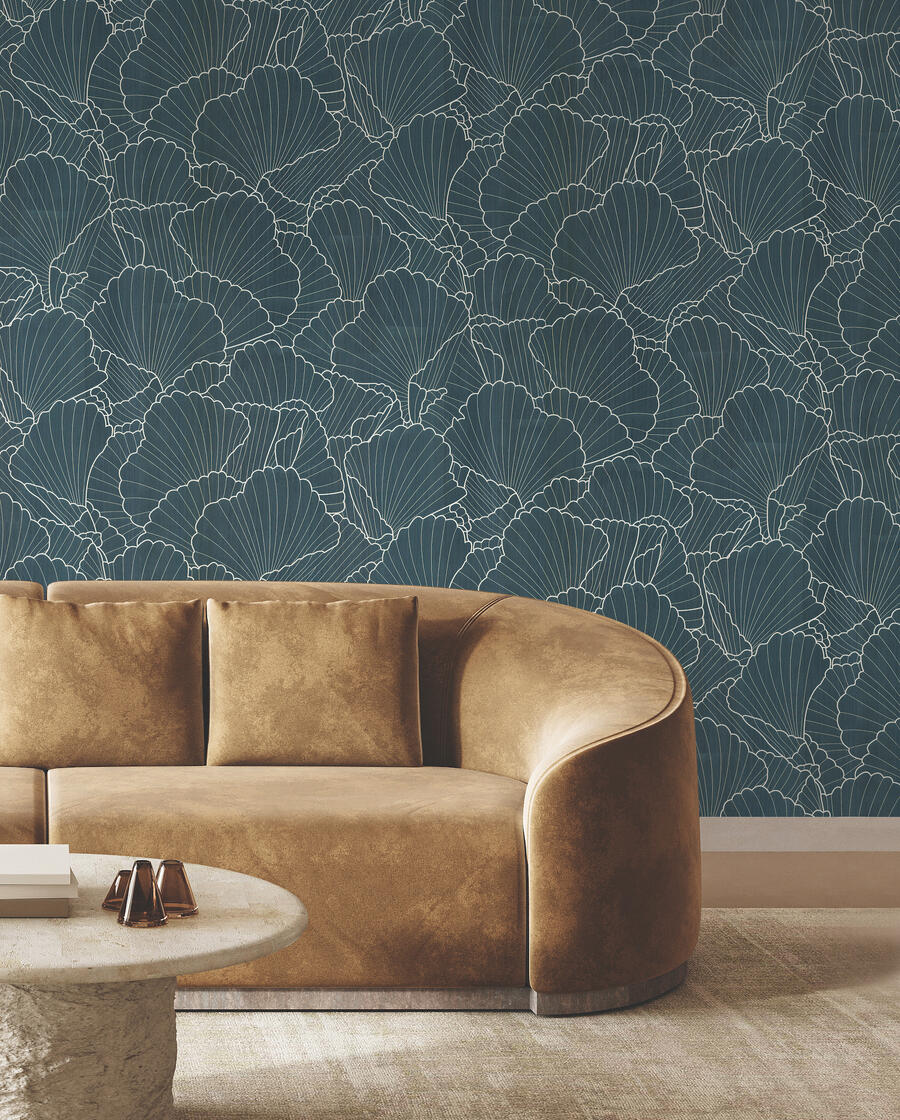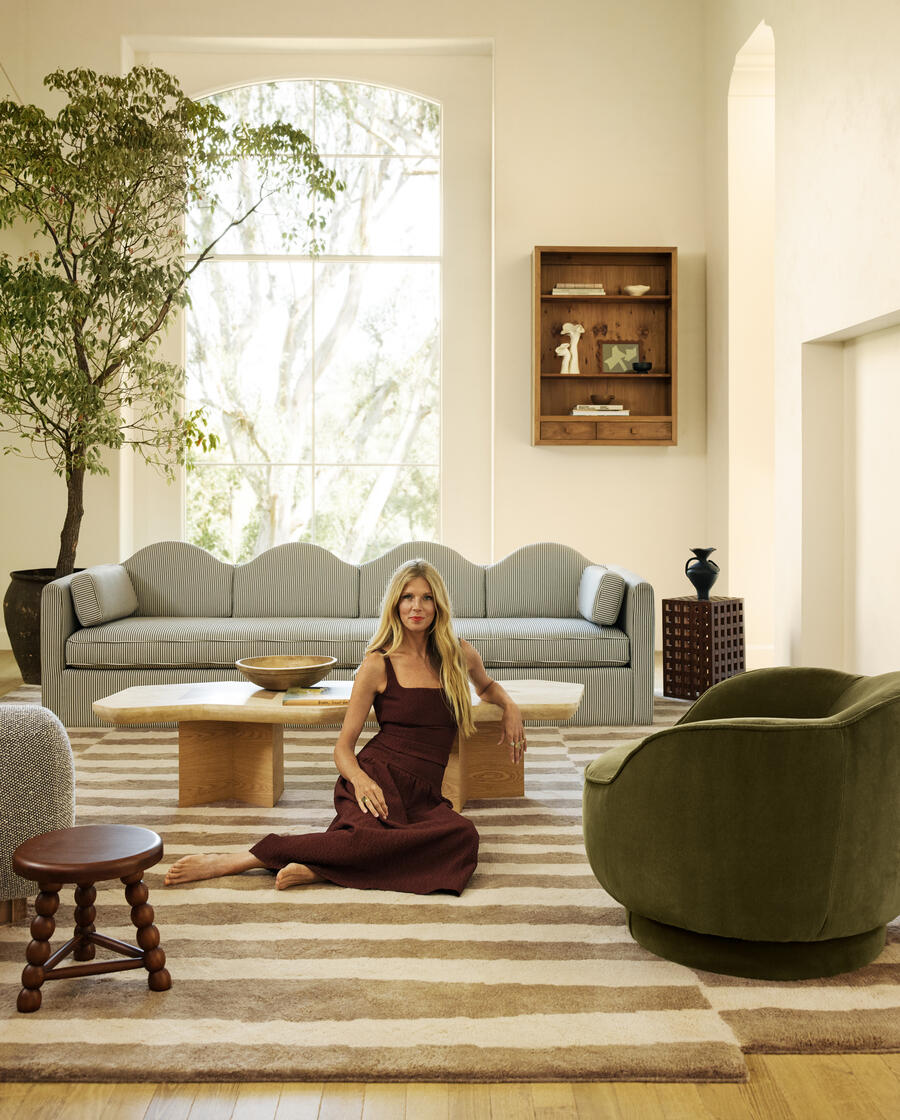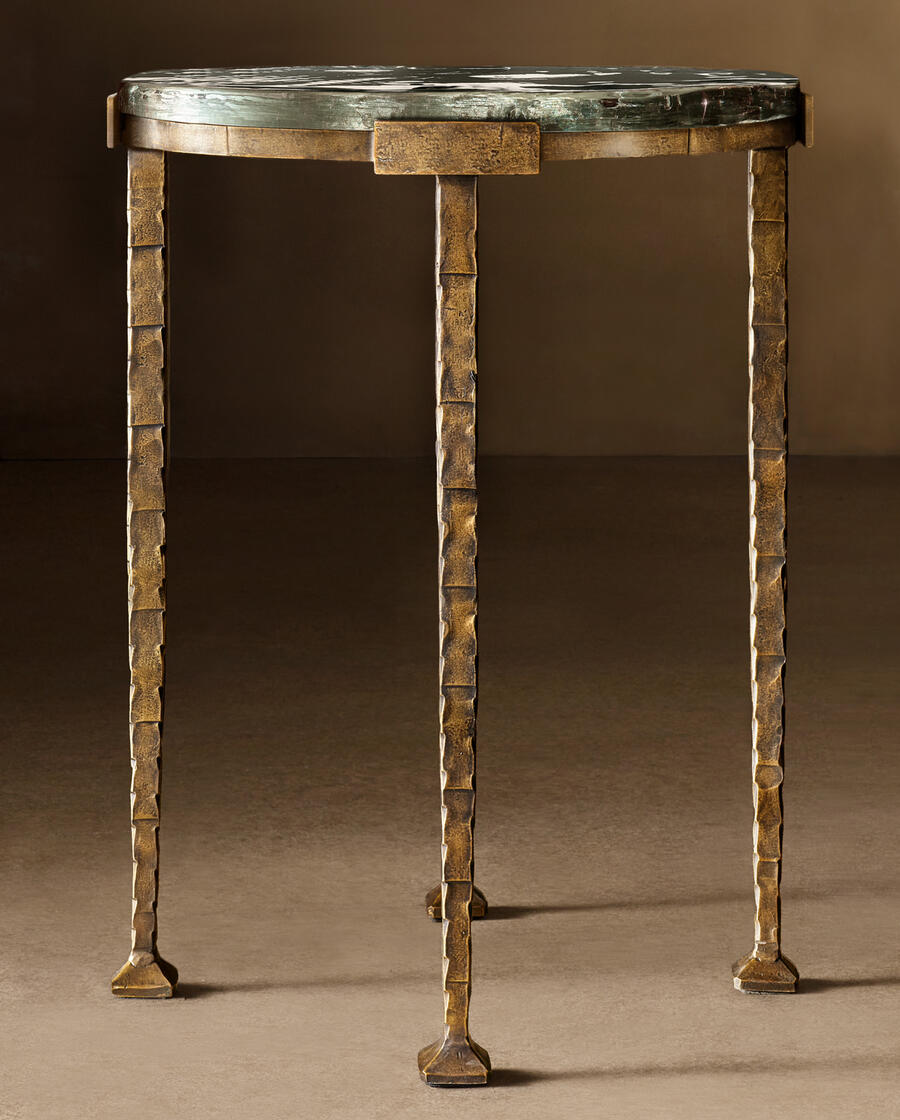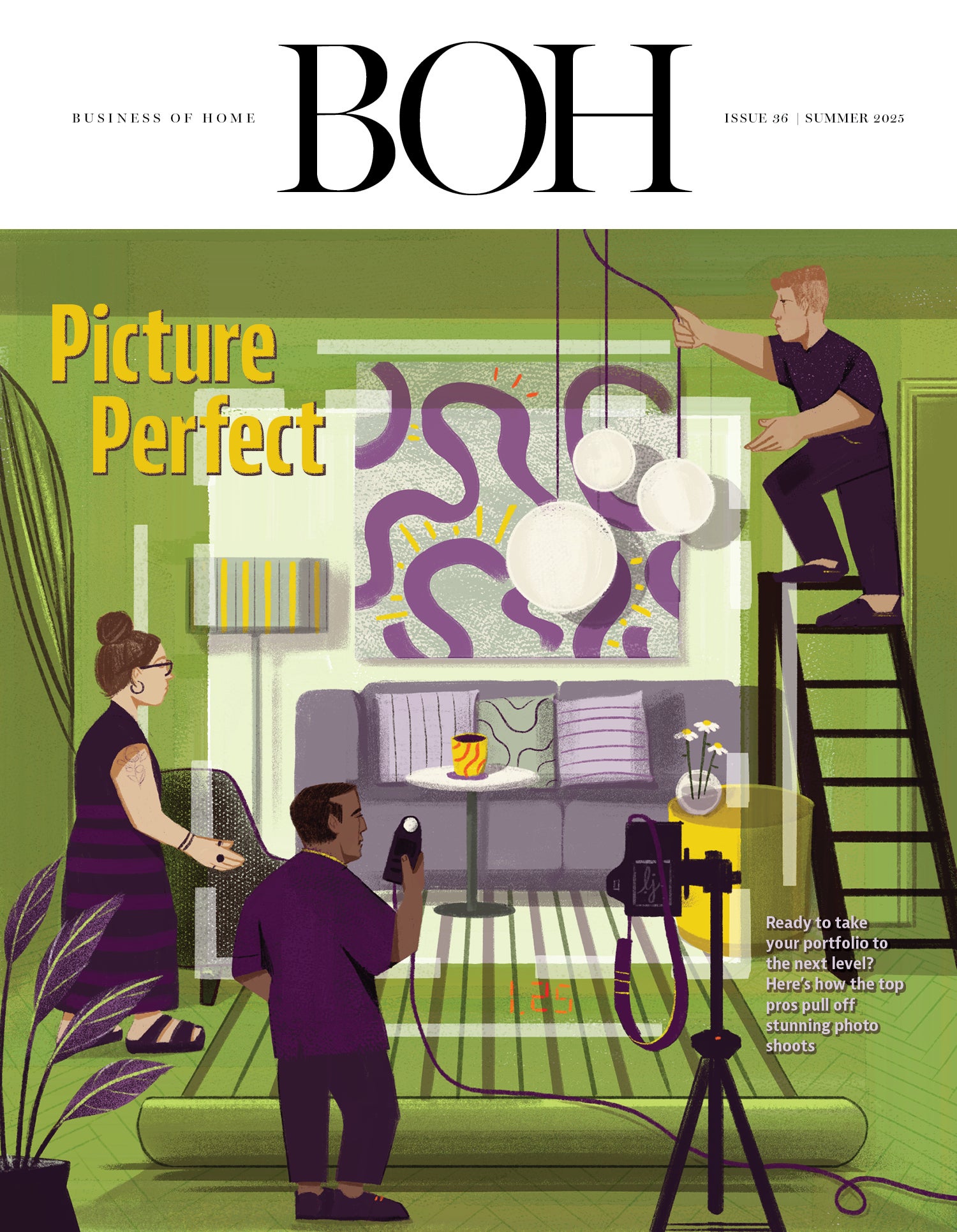Image usage has become a sticky topic in the interior design world in the past few years. Lawsuits and settlements around the issue have become more commonplace (in part because new technology has made it possible to find instances of misuse with the click of a button), to the point where some designers are seeking out photographers who will allow them to buy the copyright. But the reality of photo copyright and licensing is actually a lot more cut-and-dried than a lot of the industry may realize.
Keyanna Bowen, a Salisbury, Maryland–based designer who is also an interiors photographer, broke down the process in an Instagram post, using interior design revenue and practices as an example. If you think of your design plans as your intellectual property, then even though a client pays you, the design plans aren’t theirs. “Those plans represent your creativity, your expertise,” says Bowen, the founder of creative studio East + Lane. The same is true for the copyright on images. Just because an individual pays for a photo shoot, it doesn’t mean that person owns what the photographer captures. She likens the cost of a photo shoot to a design fee, and image-licensing fees to a markup. “If you, as a designer, gave away your furniture markup, that’s a huge chunk of your income gone. It’s the same for photographers. When you freely share images with third parties, … you’re directly impacting [the photographer’s] ability to make a living.”
With that in mind, BOH spoke to experts to find out everything designers need to know about photo copyright and licensing.
Think It Through
To continue the comparison between design and photography, imagine a potential client coming to you with a request to redo their living room. They give you their desired timeline and ask about your fees, but don’t provide any other information. It would be nearly impossible to give them a quote. It’s the same for a photographer. Without specifics about what they’ll be shooting and how you anticipate using the images, a fruitful collaboration is unlikely. “I can’t do good work for you if I don’t have clear terms,” says New York–based interiors photographer Brittany Ambridge. “Before you reach out to a photographer, think about how these images will be used.” Knowing if you’re planning to pitch the photos to a magazine or save them for a book one day not only helps the photographer shoot the project the right way, but it also gives them a chance to create a contract that covers your goals. Book rights, for example, might not be standard in every photographer’s contract, but if that’s important to you, talking about it upfront gives the photographer a chance to outline their policies. Knowing their terms around pitching to magazines is important as well, as most will expect the magazine to pay a fee to license the images. You might be able to avoid unwelcome surprises down the line by getting an early sense of those fee amounts and when they apply: For example, is it a different rate if a magazine or digital publication wants to run a single image versus a whole home? Or, for print versus online?
Jane Beiles, a photographer based in Fairfield, Connecticut, also emphasizes the importance of communicating your photographer’s contract terms to your public relations or marketing partners. She’s seen situations where a well-meaning publicist pitches a project to a media outlet on a designer’s behalf and gives consent for the images to be published, unaware that they’re violating the contract between the designer and the photographer. “Making sure your team knows to get in touch with the photographer to have them sign a release when needed or negotiate any additional licensing fees is the proper thing to do,” says Beiles. No matter the scenario, even if a publication only wants to run a single image, the key is to keep the photographer in the loop and make sure you’re respecting the contract and the relationship.
Another issue that’s become amplified in the age of Instagram is how brands and other third parties use a designer’s images. If you know from the get-go that you want to share images with collaborators like a builder or architect, mention that to the photographer at the outset. You might be able to arrange a cost-sharing agreement where the other parties chip in on the shoot cost and everyone shares the rights, or the photographer might offer a special rate on additional licenses for those trades. Martha North, a New York-based photography agent, says there are a lot of possible arrangements for situations where multiple parties want access to the same images. “The photographer can also offer to send the contact sheet after the shoot and let the architect pick which images they want to use, because the perspective can be different from the interior designer versus the architect,” says North. “So, they might not want to contribute to the cost of the whole thing, but they can pay to license a few images. I like to think that money is clarity. It’s so important to state usages ahead of time so you don’t wind up with problems after the fact.”
Sharing Isn’t Always Caring
In the early days of Instagram, when it was more about community-building and gathering inspiration, reposting other people’s images or having a brand share your content was viewed as a way of shining a light on good work and amplifying one another. While there might still be a modicum of that happening on the platform, for the most part, those days are gone. Instagram has become a marketing tool and a revenue generator for designers, photographers and brands alike, and giving away content for free can put all parties in an awkward (and potentially litigious) situation.
If a designer is approached by a brand about sharing a portfolio image that features its product, the stock reply should be: “Contact the photographer.” Unless a designer has negotiated a buyout of the copyright (more on that later), they don’t have the right to let other entities use the images, particularly for commercial purposes. “There’s an idea of, ‘Oh, it’s just for social media,’” says Ambridge. “But where do you think the majority of advertising budgets are going right now? Everything is online now. That doesn’t negate licensing terms. If anything, for a lot of brands, social is likely their greatest revenue driver.”
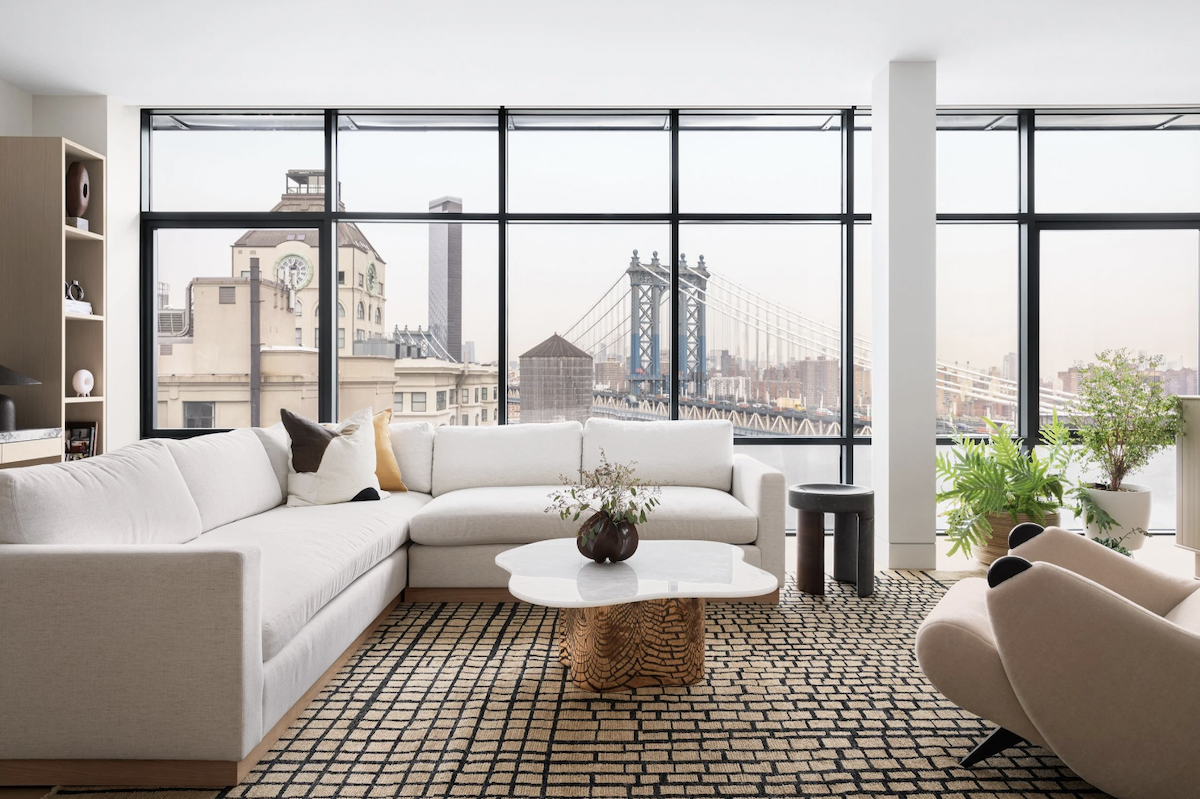
In the 15 years since Instagram launched, a lot of brands across the home industry have developed social media strategies that revolve around sharing designers’ images. Some of those brands are consistent about getting consent from the photographer and paying the appropriate fees. Others, however, have relied on reposting images and simply tagging or crediting the designer, often circumventing the photographer.
“Instagram has highlighted the need that brands have for content and quality photography, which is a huge plus for photographers,” says Washington, D.C.–based photographer Stacy Zarin Goldberg. “Unfortunately, it also highlighted the wild wild West of stealing images, and shady practices surrounding that. It’s a double-edged sword. A lot of companies act as if, ‘We’ll just post it and ask for forgiveness later.’ Meanwhile, the image has been up for days, and they’ve used it to sell [or market] their product.” Even if the brand later removes an image, Zarin Goldberg believes the photographer deserves to be compensated for the temporary usage.
David Adler, a Chicago-area attorney specializing in design industry intellectual property cases, advises that before posting anything, whether on social media or a personal blog, you ask yourself who owns the image. “People forget that just because someone else put something on a platform, it doesn’t give them the right to share it,” he says. “I think that’s the biggest disconnect.”
Zarin Goldberg points out that there’s a world of difference between an individual resharing a photo, tagging the designer and photographer, and expressing praise—versus a brand resharing a photo and highlighting how their product was used, in hopes of selling more of it. “It’s the context that matters,” she says.
To Buy Out or Not to Buy Out
In certain instances and with certain photographers, designers might have the option to buy the copyright to the images they commission. These arrangements are uncommon, but not unheard of. Beiles says they’re rare because a full buyout is expensive—upward of double the cost of the shoot, because the photographer is forfeiting the right to make income from the image in the future—and largely unnecessary for small- to mid-size design firms. Termed “work for hire,” shoots where the photographer does not retain the copyright are typically reserved for large corporations hiring photographers for advertising campaigns.
“This is what Disney does or Taylor Swift does when she’s shooting an album cover. For a designer making $200,000 a year, the use cases are apples to oranges,” says Beiles. “In the majority of cases, for design photography, it’s really not necessary for the designer to own the copyright. Talk to your photographer—they’re not trying to create barriers for you to use the images. Most standard agreements will cover what you need.”
As an agent, North will negotiate a full buyout on a photographer’s behalf, but she generally advises against it. “To me, the copyright is the essence of what a photographer is,” she says. “When you transfer copyright, you strip the photographer of the right to say, ‘I made that photograph.’ In the world of residential interior photography, I don’t think there’s a good reason for a photographer to agree to that. The client can achieve what they want from the images without a copyright transfer.”
That’s not to say that no photographer will agree to a buyout. There are plenty who will, for the right fee. So, if it’s critical to you to never have to go back and ask for licensing permission after images are delivered, you can definitely seek those deals out. But know that retaining the copyright is a nonnegotiable for many photographers.
Ambridge echoes Beiles’s sentiments, emphasizing that photographers are not trying to pull one over on their design clients by setting up terms. “It should be a symbiotic relationship where both parties feel respected and dignified,” she says. “I’m not trying to take advantage of you—I’m trying to make sure I’ll still be able to operate my business in a year and be able to shoot your next project too. Just like designers want to be paid fairly by their clients so they can keep working, I want that too.”
When forging a relationship with a new photographer, Beiles advises thinking of them as a partner and potentially a long-term collaborator, not as an adversary. “I’m a firm believer that designers and photographers are working together to create win-win situations for both parties,” she says. “My advice would be to get a referral from a design colleague who you trust, and then have a discussion with that photographer about your intended usage and read over their contract to make sure it’s amenable to you and your needs. Other than that, I wouldn’t sweat legalese or spend a lot of unnecessary time hiring lawyers or renegotiating contracts. If you have a recommendation and a colleague tells you, ‘This person has been a good partner to me,’ I think that is more valuable, and we can all get back to the work we love, which is creating.”



